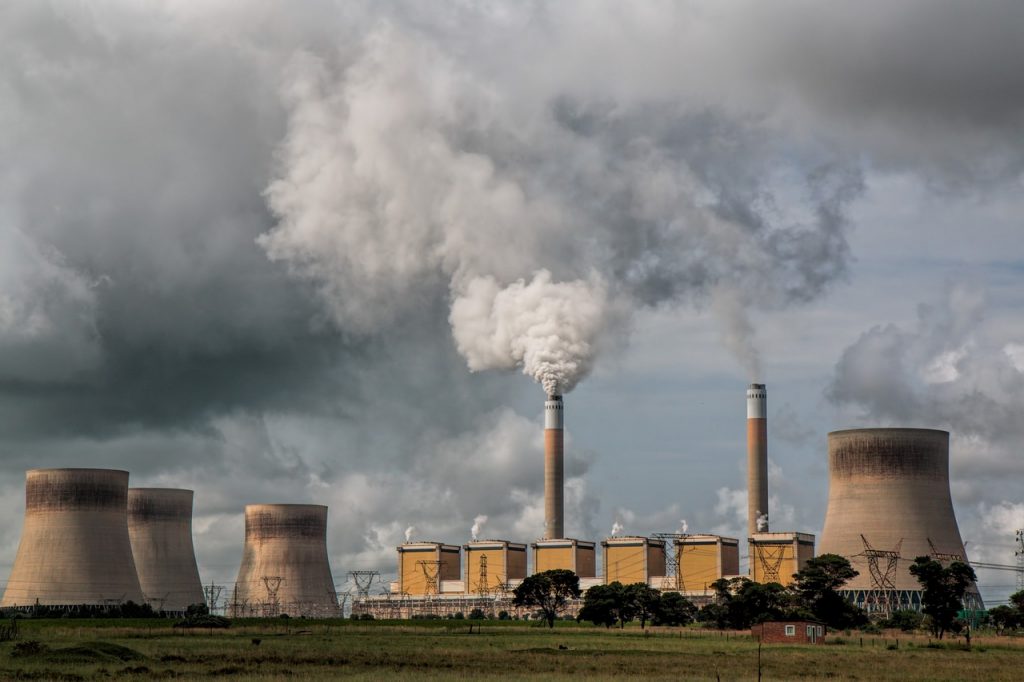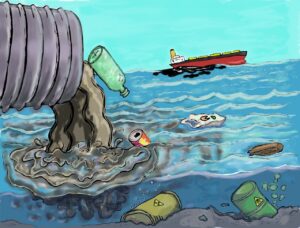Following months of talks, in December 2022, EU Member States and the European Parliament have agreed to the world’s first Carbon Border Adjustment Mechanism (CBAM) – a taxation scheme on carbon-intensive products like. The CBAM is part of the EU’s “Fit for 55 in 2030 package,” which aims to cut greenhouse gas emissions by at least 55% by 2030 compared to 1990 levels, in accordance with the European Climate Law.
This post will summarize what the CBAM is, how it works, its potential implications are and how the European Union is working on this tool.
Why is the CBAM so important?
The CBAM is a mechanism designed to prevent carbon leakage. Carbon leakage occurs when companies relocate their production to countries with less stringent environmental regulations to avoid higher costs associated with carbon emissions in their home countries. The CBAM aims to address this by requiring importers to pay for the carbon emissions associated with the production of goods imported into the EU.
The CBAM will apply to a range of goods, including cement, iron and steel, aluminium,
fertilisers, and electricity. These products are some of the most carbon-intensive goods produced globally, and they are responsible for a significant proportion of the EU’s carbon footprint. The embedded emissions will be determined thanks to information that should be communicated to importers registered in the EU by their non-EU producers, but if those will not be available, EU importers will be able to use default values on CO2 emissions for each product to determine the number of certificates they need to purchase. Successively, importers will nevertheless be able to demonstrate actual emissions during a reconciliation procedure
Under the CBAM, importers will need to purchase carbon certificates from the EU. These certificates will be based on the amount of carbon emitted during the production of the goods being imported. The price of the certificates will be determined by the cost of carbon under the EU Emissions Trading System (ETS).
The CBAM will be implemented in stages. The sectors covered will be the one with a high risk of carbon leakage and high carbon emissions, so initially it will be cement, iron and steel, aluminium, fertilisers, electricity.
The implementation will go through a gradual phase, starting in October 2023:
- Until 2025 there will be a transitional period to collect information on carbon emissions from imported products;
- importers will start paying a financial adjustment in 2026;
- starting 2026, corresponding reduction over time of free allowances in the EU-ETS in sectors covered by the CBAM and the free allowances will be expected to phase out 2035 (importers should be treated the same as EU producers).
Is the CBAM just a taxation scheme?
The CBAM will be implemented in a way that is consistent with World Trade Organization (WTO) rules, in fact the EU has consulted with the WTO to ensure that the CBAM does not violate any of the organization’s rules. The CBAM is not a tariff, but rather a mechanism designed to ensure that importers pay for the carbon emissions associated with the production of the goods they are importing.
The CBAM has the potential to have significant implications for both the EU and its trading partners. One of the main concerns is that the CBAM could be seen as a form of protectionism, and this could lead to trade disputes, but the EU has consulted with its trading partners, including the United States and China, to ensure that the CBAM is implemented in a way that is consistent with WTO rules.
The CBAM could also have an impact on the cost of goods imported into the EU. Importers will need to purchase carbon certificates, and this could lead to an increase in the price of goods. However, the EU has stated that it will take into account the cost of carbon under the ETS when determining the price of the certificates. This should help to ensure that the CBAM does not have a significant impact on the cost of goods imported into the EU.
The main aim of the CBAM targets the environment, in fact by requiring importers to pay for the carbon emissions associated with the production of goods imported into the EU, the CBAM could help to reduce the global carbon footprint. The CBAM could also encourage companies to reduce their carbon emissions, as they will be able to reduce the cost of the carbon certificates they need to purchase.
The EU commitment in developing the first CBAM signals the leading role of the Union in the fight against climate change, being a pioneer in the adoption of new policies aimed at curbing GHG emissions. Yet, the CBAM may have serious economic ramifications for countries that lack the capacity to transition to a low-carbon paradigm. As a result, the EU should assess potential policy risks and involve third-country stakeholders in CBAM policy formulation; use CBAM proceeds to fund decarbonization in vulnerable countries and base emissions reporting requirements on existing international obligations.



